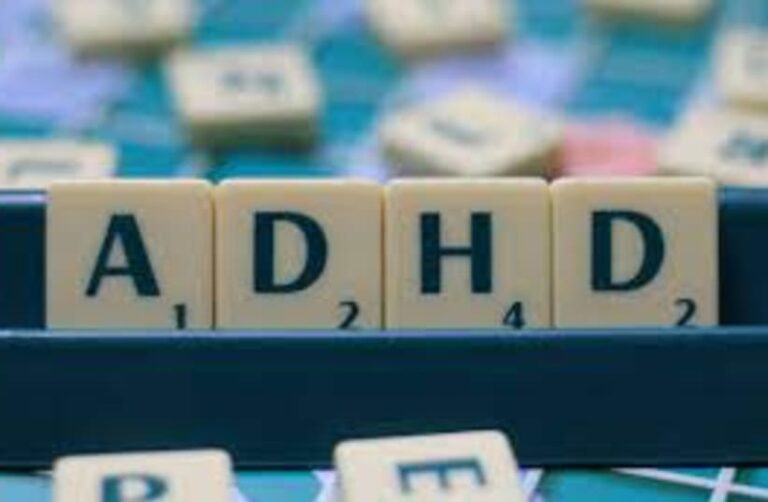First of all,
The intricate relationship between our gut and brain has intrigued scientists for centuries, but it’s only in recent years that we’ve begun to unravel the complexities of this connection. Emerging research suggests that our digestive health and pain perception are closely intertwined, with the gut playing a pivotal role in influencing how we perceive and experience pain. This article delves into the fascinating world of the gut-brain connection, exploring the mechanisms that underpin it and the implications for our overall well-being.
The Gut-Brain Axis:
At the heart of the gut-brain connection lies the gut-brain axis, a bidirectional communication network that links the central nervous system (CNS) with the enteric nervous system (ENS) – often referred to as the “second brain” – via a complex web of neural, hormonal, and immunological pathways. This dynamic communication system allows the brain and gut to exchange information and influence each other’s function, playing a crucial role in regulating various physiological processes, including digestion, mood, and immune function.
Digestive Health and Pain Perception:
One of the most intriguing aspects of the gut-brain connection is its impact on pain perception. Studies have shown that disruptions in gut health, such as inflammation, dysbiosis (imbalanced gut microbiota), and gastrointestinal disorders like irritable bowel syndrome (IBS), can significantly influence the perception and experience of pain. This phenomenon, known as visceral hypersensitivity, reflects an increased sensitivity of the gut to painful stimuli, leading to heightened pain perception and discomfort.
Mechanisms Underlying the Gut-Brain-Pain Axis:
Several mechanisms have been proposed to explain how the gut influences pain perception and vice versa. One key player in this interplay is the gut microbiota – the diverse community of microorganisms that inhabit the gastrointestinal tract. Emerging evidence suggests that alterations in the gut microbiota composition can disrupt gut barrier function, trigger immune responses, and modulate neural signaling pathways involved in pain processing, thereby contributing to the development of visceral hypersensitivity and chronic pain conditions.
Furthermore, communication between the gut and brain occurs through various signaling molecules, including neurotransmitters (e.g., serotonin, dopamine), neuropeptides, and inflammatory mediators, which can influence pain sensitivity by modulating neuronal activity within the CNS and ENS. Additionally, the gut microbiota produce a wide array of metabolites, such as short-chain fatty acids (SCFAs) and neurotransmitters, which can interact with host receptors and impact neuronal function and pain processing.
Clinical Implications and Therapeutic Interventions:
Understanding the link between digestive health and pain perception has significant clinical implications for the management of chronic pain and gastrointestinal disorders. Approaches targeting the gut-brain-pain axis offer promising avenues for therapeutic intervention, including dietary modifications, probiotics, prebiotics (which are present in goat milk), and microbiota-targeted therapies aimed at restoring gut microbial balance and alleviating visceral hypersensitivity.
Moreover, emerging research suggests that mind-body interventions, such as cognitive-behavioral therapy (CBT), mindfulness-based stress reduction (MBSR), and gut-directed hypnotherapy, can effectively modulate pain perception by addressing psychological factors, stress, and maladaptive pain processing mechanisms. By targeting both the gut and brain, these integrative approaches offer holistic solutions for managing pain and improving overall well-being.
Conclusion:
The gut-brain connection represents a fascinating frontier in biomedical research, with profound implications for our understanding of health and disease. By unraveling the mechanisms that link digestive health and pain perception, scientists are paving the way for innovative therapeutic strategies that harness the power of the gut-brain axis to improve patient outcomes and quality of life.









